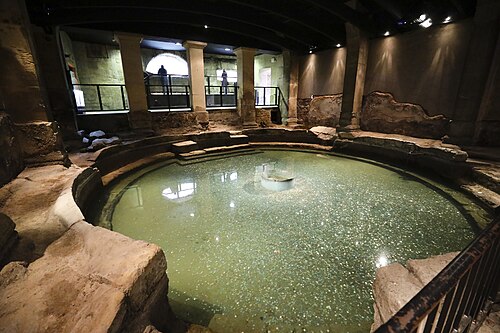
If ancient stones could speak, the Roman Baths in Bath, England would have a lot to say — and probably in Latin. Beneath the elegant Georgian city lies a 2,000-year-old complex of steaming pools, mystical altars, and marbled corridors where Romans once soaked, socialized, and sought divine healing. And today? You can walk those same stone paths and hear the water still flowing.
This is no dusty ruin. The Roman Baths are among the best-preserved Roman bathhouses in the world — an underground world of living history, tucked beneath a UNESCO World Heritage city. It’s eerie, beautiful, and bubbling with both mystery and warm mineral water.
Water from the Earth’s Heart
The story of the Roman Baths begins deep underground — in the natural hot springs that bubble up from the Mendip Hills. These geothermal waters have been rising for over 10,000 years, naturally heated to about 46°C (115°F), loaded with minerals, and steeped in spiritual lore.
The Romans, arriving around 60 CE, didn’t just build around the springs — they worshipped them. To them, this wasn’t just a spa; it was a sacred site. The waters were dedicated to Sulis Minerva, a fusion of the Celtic goddess Sulis and the Roman goddess Minerva. Prayers and curses on lead tablets were thrown into the water, asking the gods to smite thieves, heal wounds, or bring justice.
The Grand Bathhouse Experience
Step inside today, and you’re walking into a time capsule. The centerpiece is the Great Bath, a vast open-air pool lined with lead, surrounded by Roman paving stones, and filled with green-tinged water from the same ancient spring.
Steam curls up from the surface. Statues of emperors and governors stare down in stone. And beneath your feet, 2,000-year-old pipework still channels the sacred water.
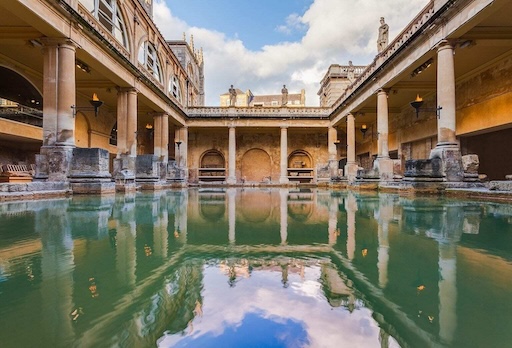
The tour leads you through dim corridors, mosaicked floors, and chambers once used for hot, warm, and cold baths (caldarium, tepidarium, and frigidarium, respectively). There’s even a reconstructed sauna room — because yes, the Romans invented that too.
Divine Messages and Dark Offerings
The sacred spring wasn’t just for soaking — it was a place of ritual and revenge. Archaeologists have found over 130 curse tablets in the site, inscribed by angry Romans hoping the gods would punish wrongdoers. One such message reads:
"To Minerva: I give the thief who stole my cloak. May they lose their mind and sleep. May their entrails be twisted."
Yikes. Remind us never to steal a Roman’s cloak.
Other artifacts include engraved gemstones, coins, pottery, and even a Roman soldier’s leather sandal. These everyday items whisper of lives once lived — not emperors, but ordinary people chasing healing, gossip, or maybe just a warm soak on a cold British day.
The Temple to Sulis Minerva
Near the sacred spring stood the Temple of Sulis Minerva, where pilgrims offered sacrifices and sought guidance. Today, you can see remnants of this structure and an extraordinary bronze head of Minerva — serene and powerful, watching across centuries with wisdom in her eyes.
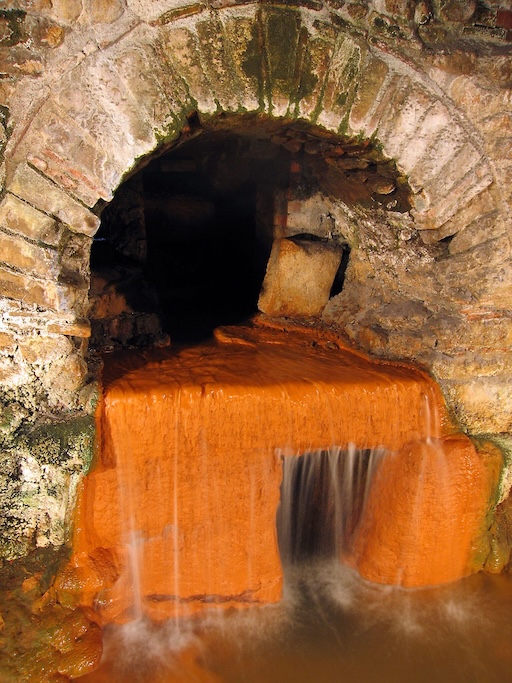
The fusion of Roman and Celtic beliefs here is fascinating. It’s a reminder that ancient cultures blended, adapted, and merged — much like the warm and cold waters once did in the hypocaust rooms of the bathhouse.
Victorian Rediscovery and Preservation
By the Middle Ages, much of the Roman complex had been buried or forgotten. The city of Bath still used the springs, but the Roman foundations weren’t fully uncovered until the 19th century, during Victorian-era excavations. What they found astonished everyone: beautifully intact architecture, detailed altars, and sacred pools still flowing.
The site was carefully restored and expanded into a museum — preserving not only stone and metal, but also the spirit of ancient wellness. Today, audio guides, lighting effects, and costumed actors bring the baths to life for thousands of visitors each year.
Can You Still Bathe There?
No, you can’t soak in the original Roman pools — the water isn’t treated for modern use. But just a short walk away, you can relax in the Thermae Bath Spa, a modern facility using the same mineral-rich spring water, complete with rooftop pools and steam rooms. So while you can’t quite swim with ghosts, you can definitely float where Romans once did.
Timeless Wonder Beneath the City
Bath may be a city of Georgian elegance, but its real soul lies below — where hot water flows through Roman pipes, where gods and mortals once mingled in stone chambers, and where echoes of sandals still slap against damp flagstones.
The Roman Baths are not just ruins. They are a living relic, carefully preserved, beautifully displayed, and still whispering tales of wellness, devotion, and human curiosity. So next time you find yourself in England, follow the steam, descend the steps, and lose yourself in the glow of an ancient bath that never went cold.
Share this story and inspire others.
Tags: Roman Baths, Bath England, ancient Roman sites UK, thermal springs, historical places Britain, best preserved Roman ruins, hidden wonders UK
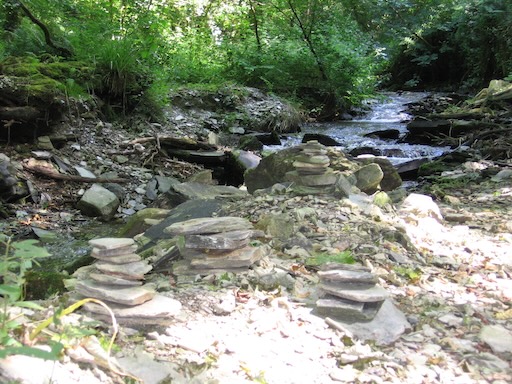 St. Nectan’s Glen – A Hidden Waterfall Steeped in Celtic Legend
St. Nectan’s Glen – A Hidden Waterfall Steeped in Celtic Legend
 Puzzlewood – A Real-Life Fantasy Forest in Gloucestershire
Puzzlewood – A Real-Life Fantasy Forest in Gloucestershire
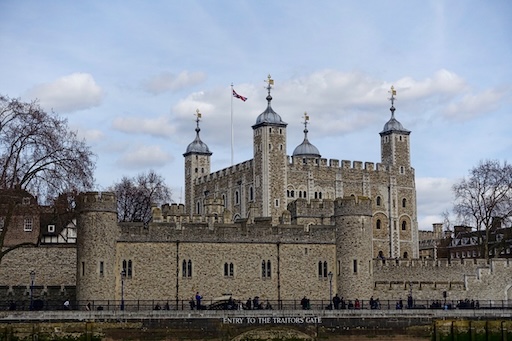 Tower of London – The Fortress That Guards History
Tower of London – The Fortress That Guards History
 Fingal’s Cave – Scotland’s Singing Sea Cathedral of Stone
Fingal’s Cave – Scotland’s Singing Sea Cathedral of Stone
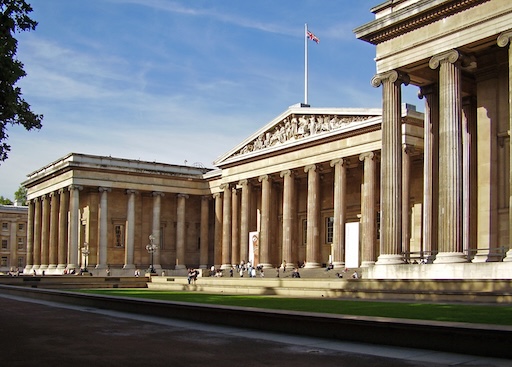 The British Museum – Where the World’s Treasures Come to Stay
The British Museum – Where the World’s Treasures Come to Stay
 Alnwick Castle – Where Magic Meets Medieval Might
Alnwick Castle – Where Magic Meets Medieval Might
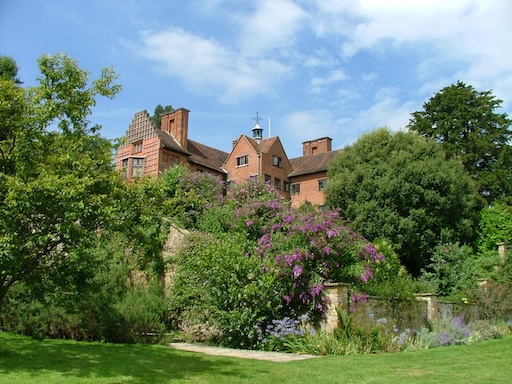 Chartwell House – Where Churchill’s Spirit Still Walks the Halls
Chartwell House – Where Churchill’s Spirit Still Walks the Halls